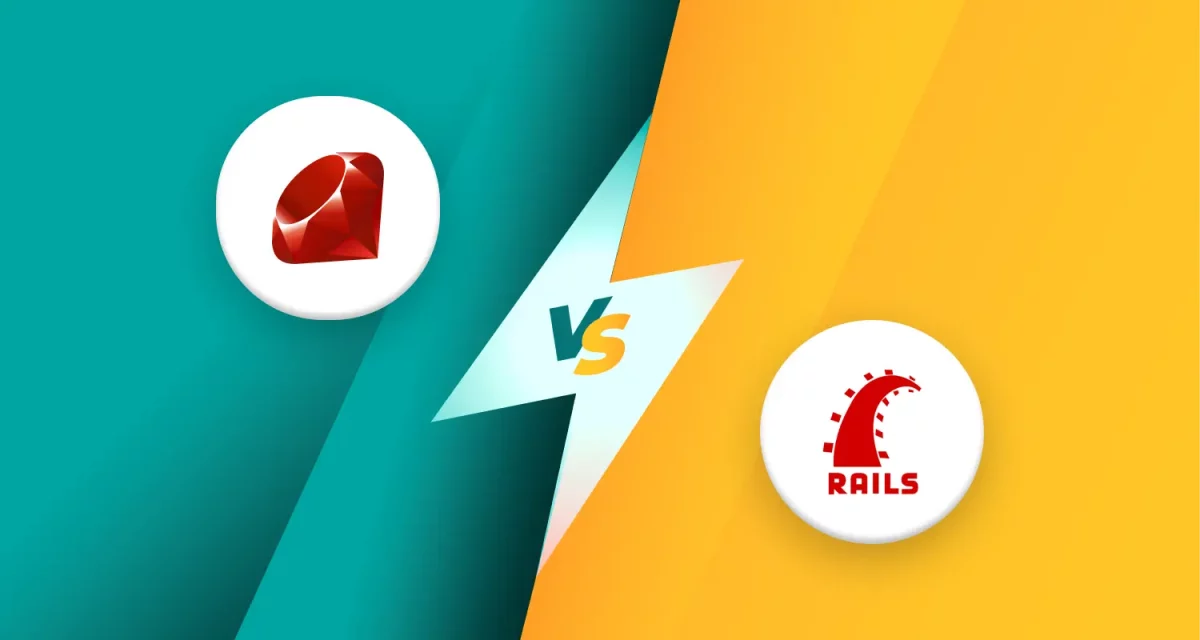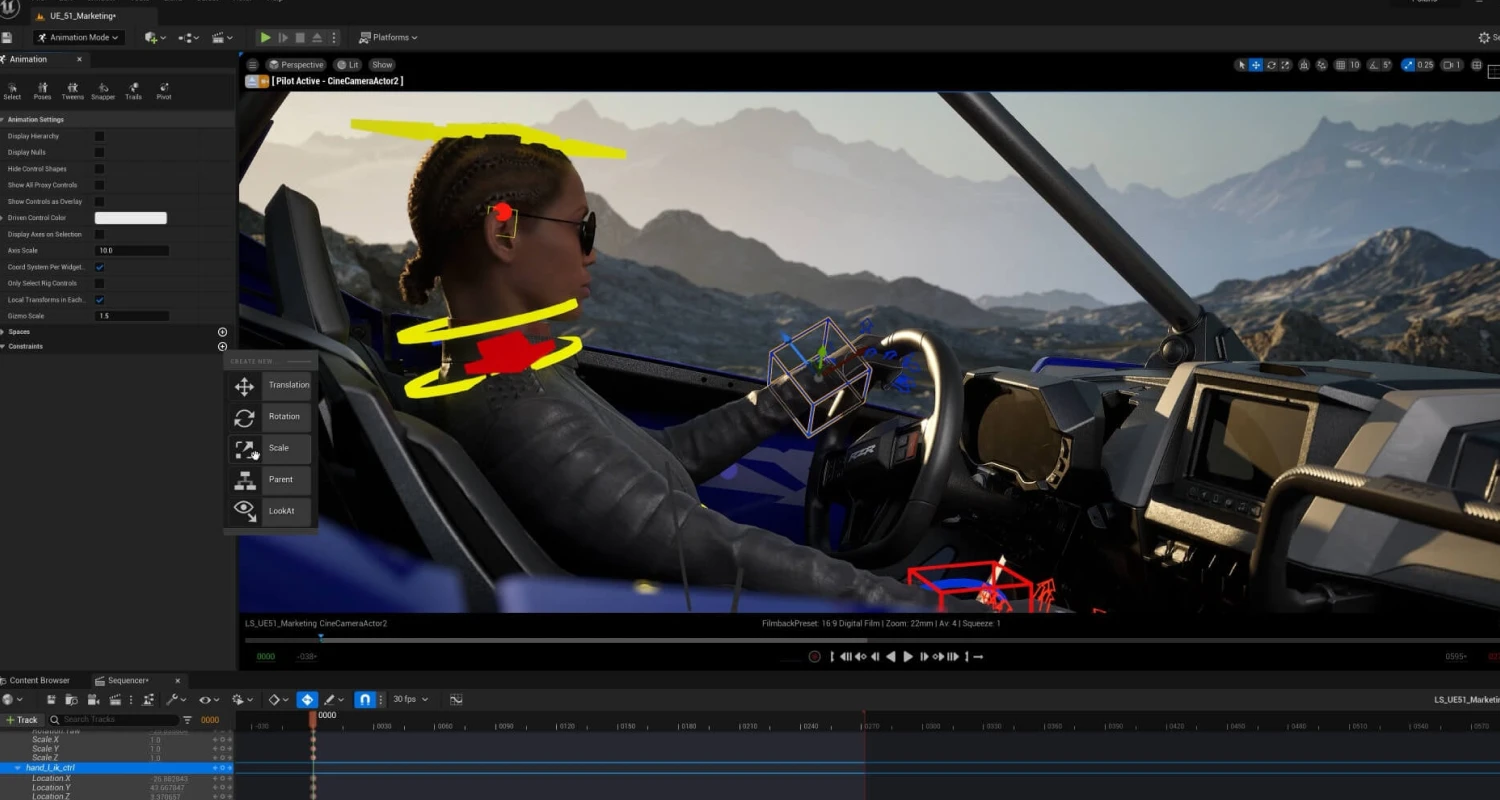
Real-time 3D technology appeared and changed the gaming and interactive industries. What is Unreal Engine’s role in this? Unreal Engine is preferred by more than 16 million developers, allowing talented developers to create games of the highest quality and realistic simulations.
Our guide serves the purpose of new users getting acquainted with the principles of the Unreal Engine, its features, application areas, and how to get started.
It will also answer questions about what language Unreal Engine uses and delve into Unreal Engine programming language options. Also, we’ll look into different ways for beginners to use this powerful tool.
Let’s dive in.
1. What is Unreal Engine?
To understand who made Unreal Engine and its evolution, let’s take a quick look at its history.
Unreal Engine is a robust tool for developing 3D games and animations. It was developed by Epic Games, with Tim Sweeney initiating the project during the 1990s.

It initially emerged alongside the video game “Unreal” in 1998. Since that time, Unreal Engine has evolved significantly. An essential aspect is Blueprint visual scripting, enabling developers to design game features without requiring advanced coding abilities.
The newest version, Unreal Engine 5, brought remarkable innovations such as Nanite, enabling intricate 3D landscapes, and Lumen, which produces lifelike lighting. These attributes position Unreal Engine as a preferred option for game developers and creators across different sectors.
|
Year
|
Milestone
|
|
1998
|
Initial release alongside “Unreal” game
|
|
2005
|
Unreal Engine 3 with enhanced graphics
|
|
2014
|
Unreal Engine 4—shift to subscription model
|
|
2021
|
Unreal Engine 5 launches with new technologies
|
Unreal Engine 5 is the newest version of a popular game development tool. It sets high standards in the industry by allowing developers to create graphics that look very realistic. It also provides real-time rendering and makes game development easier and smoother.
Unreal Engine is not just for games. It is also used in industries like film, architecture, and manufacturing. This makes it one of the most flexible game development engines available.
2. Key features of Unreal Engine
Unreal Engine is known for its innovative features. These features make it suitable for both beginners and experienced developers.
2.1. Realistic graphics

Unreal Engine has powerful real-time rendering that creates very realistic visuals. It uses important tools like Lumen and Nanite.
Lumen is a lighting system that lets light interact with surfaces in real-time, making the environment feel lively and responsive. Nanite allows developers to import high-resolution assets directly into their projects, keeping great detail even up close.
These features help developers make high-quality graphics for games, architectural projects, or virtual simulations, improving the overall experience.
2.2. Powerful physics engine

The built-in game physics engine creates realistic interactions between objects, simulating gravity, friction, and collisions. It is beneficial for developers to make action games or simulations where realism matters.
Using this Engine helps ensure that characters and environments behave believably, improving the overall gaming experience by making movements and impacts feel natural.
2.3. Blueprint visual scripting
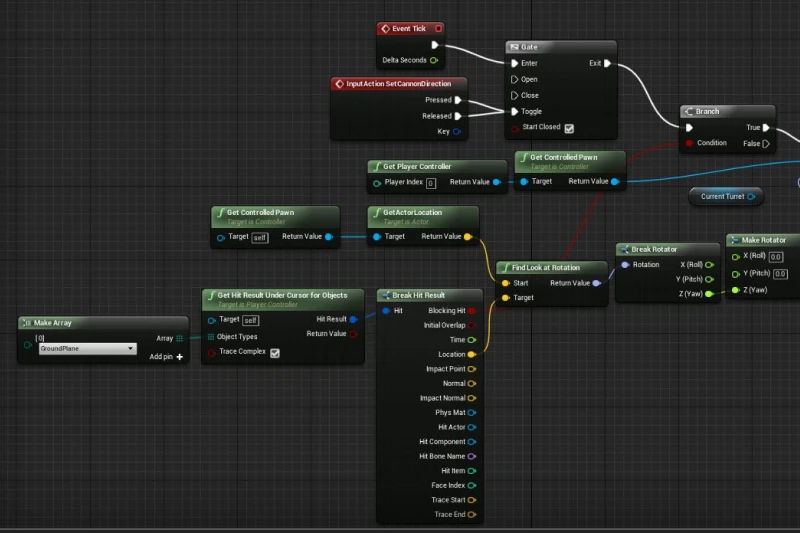
Blueprint is a visual scripting system from Unreal Engine that allows people without programming skills to create game logic easily. It uses a simple visual interface where users connect different elements without writing code. It makes it easy for beginners to understand and use.
Blueprint is flexible and can handle various tasks, from basic gameplay features to more complex systems like AI or character interactions. It helps users build and test their ideas quickly and make real-time changes. Because of its user-friendly design, many aspiring game developers and professionals choose Blueprint for their projects.
2.4. Extensive asset library
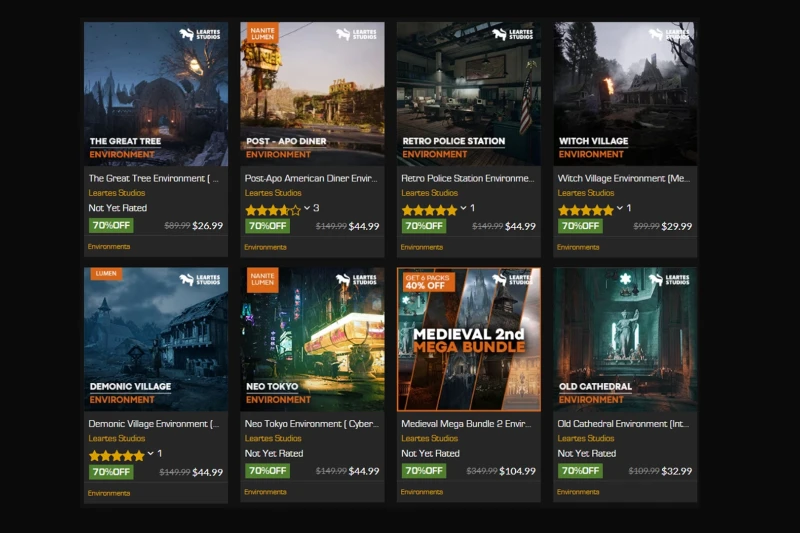
You can find a vast collection of pre-made assets for game development in Unreal Engine’s Marketplace. Models, textures, animation, and environments can be found in all subjects.
If you want to turn out a futuristic city with high technology or a medieval castle with extreme details, the Marketplace would be right for you. These high-quality assets can save time and help you create your projects more efficiently.
2.5. Cross-platform compatibility
Unreal Engine offers robust support for deployment across a wide array of platforms, including personal computers, gaming consoles, mobile devices, and systems designed for virtual reality development.
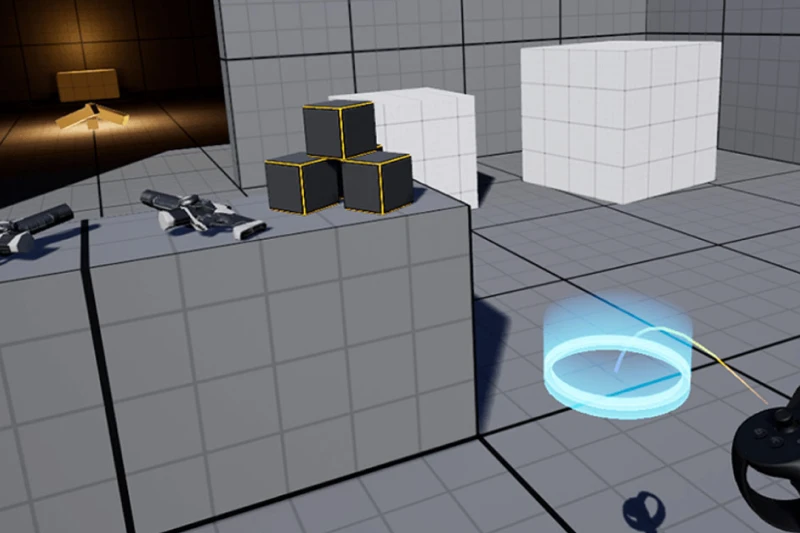
Cross-platform mobility ensures that developers can deliver experiences that all can enjoy, regardless of the device on which they consume their content.
Moreover, making it easier to facilitate switching between different platforms, Unreal Engine permits the formation of games and applications that will be used and engaged by users in the most varied ecosystems, thus broadening the market potential for developers and, at the same time, enhancing the developability of projects.
3. What language does Unreal Engine use?
This section serves as your Unreal Engine programming language guide. It clearly overviews the main languages used to create games and interactive experiences.
Read more >>> Top 100 Best Programming Language for Software Development
3.1. Primary programming languages
Many newcomers often wonder about the programming language used by Unreal Engine. Understanding this can greatly improve their learning experience and development journey.
Are you ready to explore what coding language does Unreal Engine use for game development? Here’s a breakdown:
- C++:
The primary Unreal Engine programming language. C++ is known for being fast and efficient, which helps games run well. It allows developers to control many details of their projects, making it suitable for creating complex games.
This level of control helps developers optimize performance and develop complex gameplay features, leading to more engaging and immersive gaming experiences.
- Blueprint visual scripting:
Blueprint is a visual tool that lets you design gameplay mechanics and interactive elements without writing code. It is great for beginners and designers who want to create game features easily.
Instead of traditional programming languages, you can connect visual elements using a simple node-based system. This approach helps you build and test your ideas quickly, encouraging creativity and experimentation in game development.
3.2. Why C++?
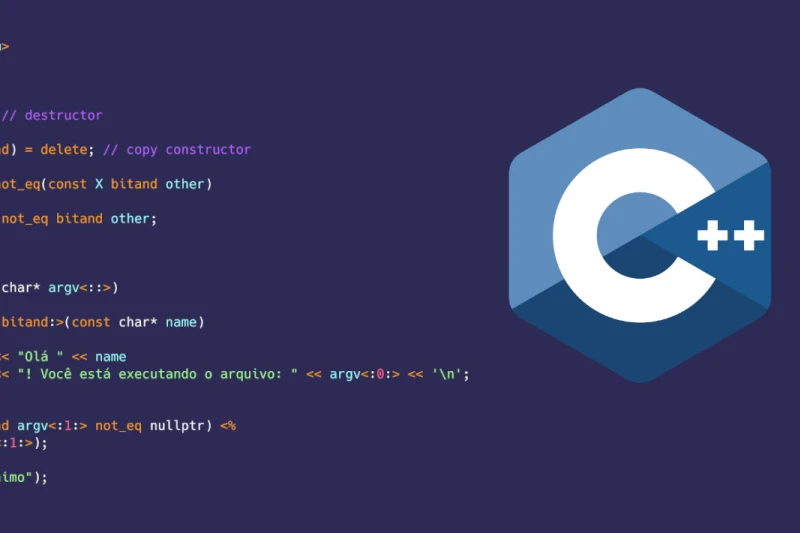
C++ is a key part of Unreal Engine. It is fast and flexible, providing developers with tools to optimize their games for the best performance.
C++ allows manual memory management and direct access to system resources. This helps create complex game mechanics and impressive graphics.
Additionally, C++ offers many libraries and frameworks that speed up development while maintaining high performance. These advantages lead many professional game developers to select C++, where they can accurately create and efficiently implement their world-changing creativity.
If you are interested in programming for Unreal Engine, you need to know C++. Unlock the power of C++ in game development.
Read more >>>> Rust vs C++: Which Language Reigns Supreme?
3.3. Combining C++ and Blueprint
C++ is powerful and flexible, making it a popular choice for developers who need to build complex applications. However, its difficult syntax can make development challenging and time-consuming.
In contrast, Blueprint is user-friendly, allowing designers and programmers to concentrate on creativity without worrying about complicated code.
To boost their productivity, many developers embrace the best of both worlds. They harness the powerful capabilities of C++ to tackle complex tasks while seamlessly integrating Blueprint to craft straightforward gameplay features.
This dynamic combination streamlines their workflow and enhances creativity, enabling them to focus on what truly matters—building amazing gaming experiences.
Transform your ideas with Unreal Engine.
4. How does Unreal Engine work for creating games?
Unreal Engine makes game development more manageable by breaking it down into simple steps. It helps both beginners and experienced developers.
Let’s explore how Unreal Engine works and what you must do to bring a project to life.
4.1. Level design
Level design is essential for any video game. Unreal Engine gives developers many tools to create engaging game worlds. In the Level Editor, developers can build environments by placing ready-made assets, shaping landscapes, and setting up lighting.
Developers can choose from an extensive library of materials, characters, and objects. They can create realistic terrains like mountains and rivers that shape how players move and strategize in the game.
Lighting is essential for setting the right mood. Unreal Engine offers options for both dynamic and static lighting. Developers can use different light sources and shadows to enhance the game’s atmosphere.
Developers who want custom designs can import 3D models from software like Blender or Maya. It allows for unique designs to match their artistic vision. Once imported, they can adjust textures and animations within Unreal Engine.
Overall, level design in Unreal Engine offers tools that help developers create immersive and dynamic game environments efficiently.
4.2. Asset creation and import
Every game needs assets like characters, props, and animations. Unreal Engine lets developers create these assets using Blender, Maya, or 3ds Max programs.
Alternatively, they can download ready-made assets from the Unreal Marketplace. This marketplace has a range of items which can save time and inspire creativity.
After importing assets into Unreal Engine, developers can customize and optimize them to fit their projects. This process involves adjusting shapes, materials, and textures and setting specific properties for each asset. Optimizing is essential to ensure the assets work well and perform well during gameplay, especially on different devices.
Using custom-created assets and those from the Unreal Marketplace, developers can create an engaging game while ensuring everything runs smoothly in the Engine.
4.3. Gameplay programming
Gameplay programming defines how a game works and interacts with players. Developers’ projects write efficient code for complex features, while Blueprint visual scripting helps set up game elements quickly and easily.
- C++ allows developers to create high-performance codes for tasks like AI behaviours, physics interactions, and custom tools. For example, C++ can build smart enemy AI that follows and responds to player actions.
- Blueprints make it easier for designers to manage the game without writing code. Using a visual system, they can create triggers, animations, and user interface elements. For instance, a designer can set up a scary jump scare by connecting events to animations without writing any script.
Using both C++ and Blueprints together provides excellent flexibility. Programmers can use C++ for performance-critical parts, while designers can work efficiently with Blueprints. This teamwork leads to engaging gameplay experiences that keep players interested.
4.4. Testing and debugging
Before launching a game, testing it thoroughly to ensure it runs is vital. Unreal Engine provides useful debugging tools that help find and fix problems related to performance, coding errors, and gameplay.
One important tool is the Output Log, which shows real-time information about the game. It lists errors, warnings, and messages. It helps developers find and understand issues in code or with game assets.
Another helpful tool is the Visual Debugger. This tool allows developers to see gameplay elements as they happen. It helps them understand how different parts of the game work together. This tool will enable developers to spot problems that might not be obvious.
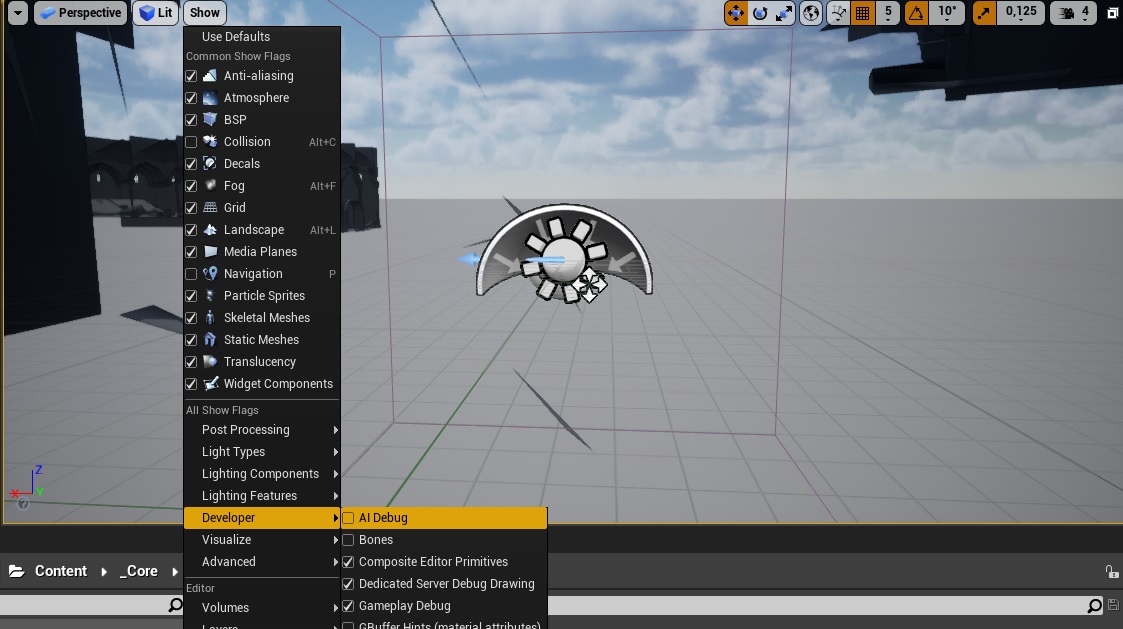
Unreal Engine also allows for real-time playtesting. This feature lets developers make changes while the game is running. They can test new features or tweak existing ones quickly, which helps improve the player experience.
In summary, practical testing and debugging are essential in Unreal Engine. Using tools like the Output Log and Visual Debugger, along with real-time playtesting, developers can create a high-quality game that works well for players.
4.5. Deployment
After accomplishing game development, developers can pack their games and deploy them across various platforms. Unreal Engine supports PCs, consoles, mobiles, and many more devices, such as VR (Virtual Reality) and AR (Augmented Reality) systems.
The multi-platform working facility provided by the tool enables developers to reach a wider crowd without developing separate versions for each. This means players will have a similar experience using a gaming computer, a console, or a mobile phone.
By following this straightforward deployment process, Unreal Engine helps creators turn their ideas into games efficiently. This approach saves time and improves their chances of success in the competitive gaming market.
5. Applications of Unreal Engine
What is Unreal Engine used for besides games? Discover its surprising uses in film, automotive, and other industries:
|
Industry
|
Application
|
Examples
|
Benefits
|
|
Gaming
|
|
|
|
|
Film and Television
|
|
|
|
|
Automotive and Manufacturing
|
|
|
|
|
Simulation and Training
|
|
|
|
6. Getting started with Unreal Engine
6.1. Downloading and installation
Here’s a step-by-step guide to using Unreal Engine 5 to kickstart your game development journey:
- Step 1: Check out the Epic Games Unreal Engine website. Discover Epic Games’ secrets.
- Step 2: Download the Epic Games Launcher and follow the on-screen instructions to set up the launcher.
- Step 3: Select Unreal Engine and follow the prompts to complete the installation.
6.2. Where to learn Unreal Engine programming
To learn programming in Unreal Engine, use these resources:
- Official documentation: This is a key resource that provides guides on the basics of the engine, programming techniques, and detailed explanations. It’s great for understanding how Unreal Engine works.
- Step-by-Step Unreal Engine tutorials: For beginners and advanced users, many free tutorials are available on YouTube and Epic Games’ websites to help you learn how to use Unreal Engine 5. These tutorials cover topics from basic-level design to advanced scripting.
- Coursera and Udemy courses: These platforms offer structured courses on various topics, including blueprint scripting, AI creation, and multiplayer setup. Many courses include projects to help you practice.
To learn what is Unreal Engine programming all about and how to apply it effectively, these resources will help you build a strong foundation.
6.3. Community and support
Join the active Unreal Engine community on forums, Discord, and social media. Get support and work together with other developers.
7. Conclusion
Unreal Engine is an exceptional software program capable of producing games and simulations and creating interactive experiences. It provides a comprehensive set of tools and flexibility that anyone can develop, regardless of level.
If you’re new or experienced in programming, it’s a good time to start with Unreal Engine 5 tutorials, which are readily available. Master Unreal Engine 5 today and transform your creative ideas into reality.
Excited to see you begin your game development journey!


